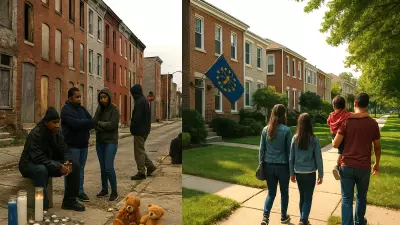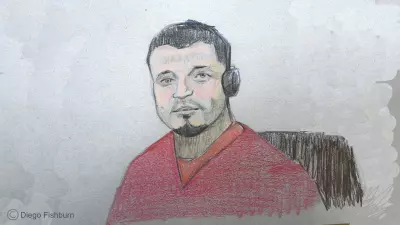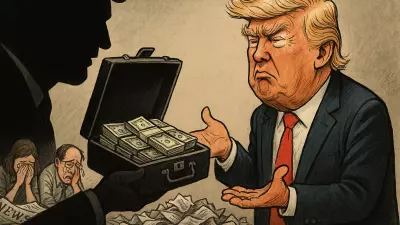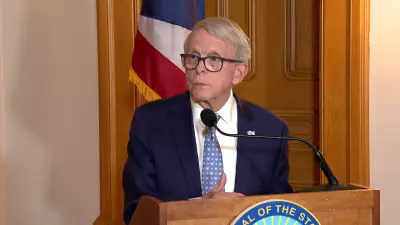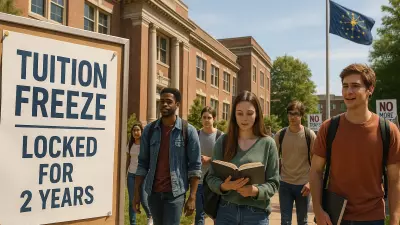Baltimore neighborhoods that have experienced historical exploitation have eight times more gun violence than other areas in the same city, a recent study by Johns Hopkins has found.

Researchers from the university’s Bloomberg School of Health Policy and Management studied 146 census tracts in Baltimore City. It then compared those with the most gun violence from 2015 to 2019 to tracts with the least violence.
It found that the neighborhoods with the most gun violence had historically experienced practices like redlining and predatory lending.
Mudia Uzzi and Keshia Pollack Porter co-authored the study.
It posits that radicalized dispossession (when neighborhoods have resources and people taken away) and radicalized spatial stigma (when an area gains a reputation for violence due to its racial makeup) are two major drivers of gun violence in those areas.
“The findings indicate that neighborhoods with sustained disadvantage, characterized by historical redlining and high levels of contemporary subprime lending, experienced the highest rates of firearm violence,” Uzzi said in a statement. “In contrast, areas that were not historically redlined and had lower levels of subprime lending witnessed significantly lower rates of firearm violence.”
The authors recommend that studying racial capitalism could help cities across the nation pinpoint communities that need the most public policy focus and programs to reduce or end violence.
The study was published in Social Science & Medicine and looks at how economic and racial exploitation can create gun violence in communities that experience it the most.

